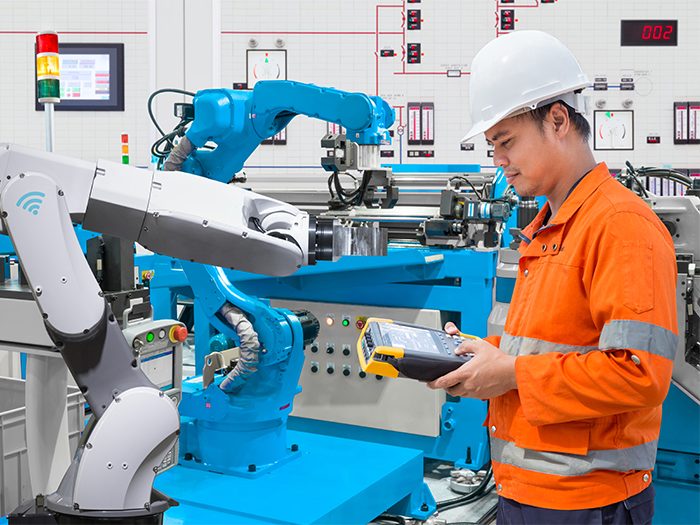Workplace Safety
Injury Risk Can Remain Even with Automation

Automation increasingly seems to be taking over in workplaces around the world. A 2017 report from PwC suggests that as many as 40 percent of U.S. workers could be replaced by robots by 2030. Many employers see automation as a solution for preventing various common workplace injuries.
But replacing people with machines is not a fail-safe or a one-size-fits-all solution, nor does it necessarily alleviate the risk of injuries.
While robots have been proven to be effective in certain areas, such as lifting heavy objects or engaging in extremely repetitive work, Scott Smith, director, ergonomics global risk consulting, Aon, said a thorough cost-benefit analysis needs to be conducted first.
“You need to take a look at the analytics,” he said. Companies often fail to conduct a detailed analysis with all stakeholders — including risk management, operations, health and safety, human resources if a union is involved, etc. — and evaluate all data from both a risk and loss perspective before considering a change, Smith added.
In some situations, automation could be a boon. For instance, a semi-automated system in a warehouse that allows an individual to use a robot to load boxes into trucks may not only potentially increase the speed at which the job is completed but may also significantly reduce workers’ comp claims for back and shoulder injuries.
But Smith said he’s seen companies embrace the idea of automation too eagerly, believing they will transfer their workers’ comp risks to a machine. Smith relayed a situation where a plant replaced a person who loaded aluminum heads onto an assembly line with a $400,000 robot. However, an individual was still required to load the robot.
Smith said the homework needs to be done. Look at the number and expense of particular workers’ comp injuries technology is intended to save. Review how the economy and unemployment could affect future staffing. Find out if the automation would provide financial incentive.
Another consideration is how the technology will interact with individuals. David Langham, deputy chief judge, the Florida Office of Judges of Compensation Claims, said anyone who doesn’t see the potential for robots potentially causing damage to humans is “a little bit naïve.”
“What I’ve seen in the industry is machines built to be safe and humans who make poor decisions around those machines, resulting in injury,” he said. “There’s no such thing as the absolute right technological solution. Every solution you engage has the potential to create another problem.”
“There’s no such thing as the absolute right technological solution. Every solution you engage has the potential to create another problem.” — David Langham, deputy chief judge, the Florida Office of Judges of Compensation Claims
Smith said he has seen pinch and crush injuries occur when workers mix with robots. Pinch injuries can often occur during maintenance, because during the design and installation, the ergonomics of the design rarely take into account maintenance, he said, and those responsible for repairing the machine typically need to work in very cramped, awkward spaces.
Crush injuries are more likely to occur for robots with a bigger footprint that may need 360 degrees of freedom for movement, Smith noted, and often a physical barrier or a light curtain will be needed to prevent injury.
Langham noted that another potential safety issue with automation is when repairs are outsourced to another company or an independent contractor who is unfamiliar with the company’s equipment and set-up. Another issue is when companies cut back on time spent in safety meetings and awareness because of the addition of robots.
“I think there are going to be a lot of companies that are going to think robots decrease demand for those meetings, and I think that will very probably lead to injuries,” he said. “Employees need to be reminded.” &











